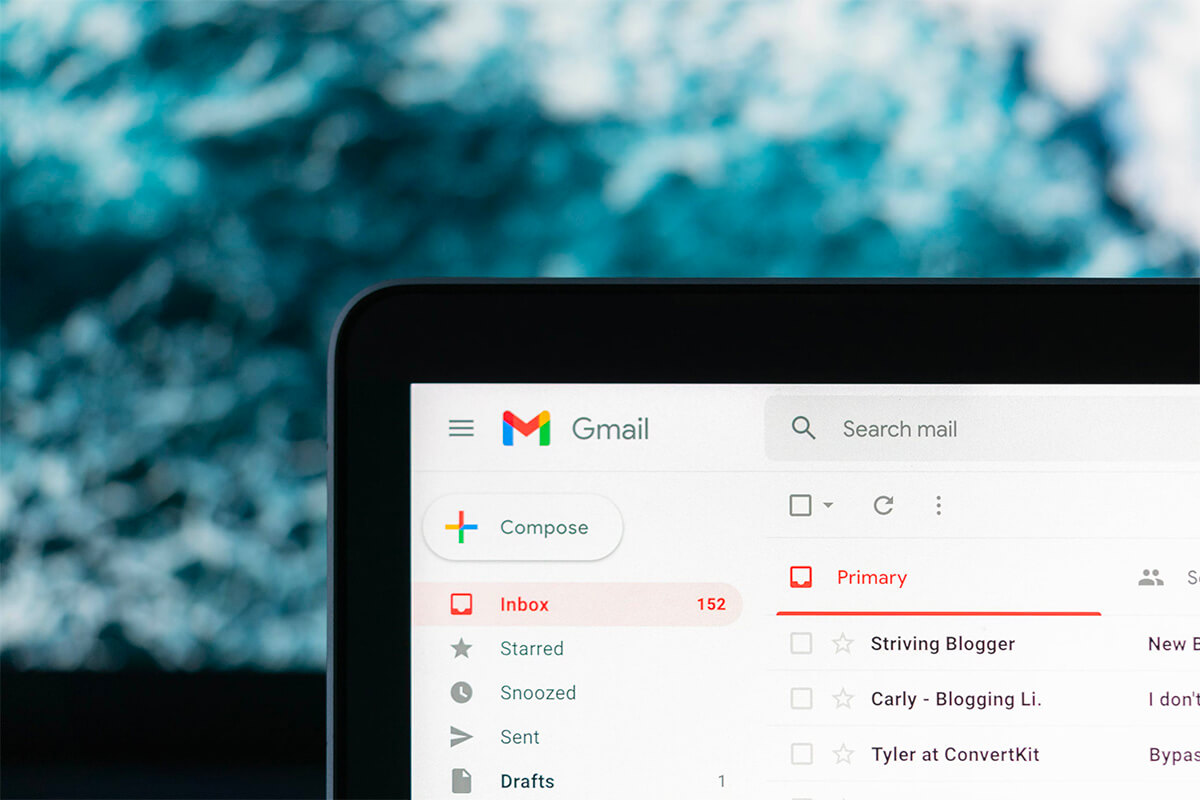
What is Email Audience Segmentation and Why Is It Important?
In today’s world of digital marketing, one-size-fits-all approaches just don’t cut it anymore. Consumers expect personalized, relevant content, and as a marketer, it’s your job to deliver. That’s where audience segmentation comes into play. By breaking your audience into smaller, more defined groups, you can create targeted campaigns that speak directly to their interests and needs.
What is Audience Segmentation?
So, what exactly is audience segmentation? In a nutshell, audience segmentation is the process of breaking your larger audience into smaller, more specific groups based on shared characteristics. These characteristics can range from simple factors like age or location to more complex behaviors, like how frequently someone engages with your emails or what type of products they’ve purchased in the past.
Why is This Important for Email Marketing?
Think about your inbox. You likely get tons of promotional emails every day. The ones that catch your eye are the ones that feel relevant to you, right? That’s exactly what audience segmentation helps you achieve: sending the right message to the right person.
When you segment your audience, you avoid the dreaded “batch and blast” method, where the same email goes out to everyone on your list. Instead, you tailor your content so it resonates with each group, making your message much more effective.
Why Does Audience Segmentation Matter?
Now that we know what audience segmentation is, let’s dig into why it matters so much, particularly in email marketing.
1. Improved Personalization
People crave personalization. In fact, studies show that 80% of consumers are more likely to purchase from a brand that offers personalized experiences. Audience segmentation allows you to go beyond just using the recipient’s first name in an email. You can send them content that speaks directly to their interests, needs, and behaviors.
2. Higher Engagement Rates
Here’s the truth: Generic emails don’t work. Segmented email campaigns see much higher engagement rates because they offer recipients something they’re actually interested in.
3. Better Conversions
One of the primary goals of email marketing is to drive conversions, whether that means getting someone to buy a product, sign up for a webinar, or download a resource. With audience segmentation, your calls to action (CTAs) are more relevant to the recipient, increasing the likelihood that they’ll take the desired action.
Let’s say you run a fitness brand. A customer who has previously bought yoga gear will likely be more interested in a discount on yoga mats than someone who has bought running shoes. By tailoring your offer to each segment, you’re creating a more compelling reason for the recipient to convert.
Example of Audience Segmentation for E-Commerce:
Imagine you run an e-commerce store selling fashion. You might segment your audience into groups such as:
- Frequent Buyers: Send them loyalty rewards or early access to sales.
- One-Time Shoppers: Send them nurturing emails with product recommendations to bring them back.
- Seasonal Shoppers: Maybe they only buy during the holiday season—send them holiday promotions.
Each of these segments has different needs, and your email strategy should reflect that.
How to Implement Audience Segmentation
Now that you’re sold on the importance of audience segmentation, you’re probably wondering how to get started. Let me walk you through a few steps.
1. Start with Data Collection
The foundation of segmentation is data. You need to gather as much information about your audience as possible. This could include:
- Demographic information: Age, gender, location, etc.
- Behavioral data: How often they interact with your emails, what they click on, etc.
- Purchase history: What products or services they’ve bought before.
If you’re using an email marketing platform like Mailchimp or HubSpot, most of this data is already being collected for you. You just need to organize it into segments.
2. Create Segments Based on Relevant Criteria
Start small. You don’t need to go crazy with a hundred different segments right off the bat. Focus on a few key ones that make sense for your business.
For instance, if you’re an online retailer, start by segmenting based on past purchase behavior. If you’re a SaaS (Software as a Service) company, segment by product usage.
3. Test, Learn, and Refine
Here’s where the magic happens: A/B testing. Once you’ve created your segments, start sending tailored emails to each group and analyze the results.
Are open rates higher for one segment? Are conversions spiking for another? Use this data to continuously refine your segments and improve your campaigns.
To Sum Up
Audience segmentation is one of the most powerful tools in your email marketing toolkit. By breaking your audience into smaller, more specific groups, you can create personalized, targeted campaigns that drive higher engagement, better conversions, and ultimately, more revenue.
If you haven’t started using audience segmentation in your email marketing yet, now’s the time. It’s not just about sending more emails—it’s about sending the right emails to the right people at the right time.
Want to dive deeper into segmentation strategies, or email marketing as a whole? Check out our other blog posts on email marketing. Want professional help with your marketing strategies? Contact us. Remember: The more you know your audience, the better you can serve them.





